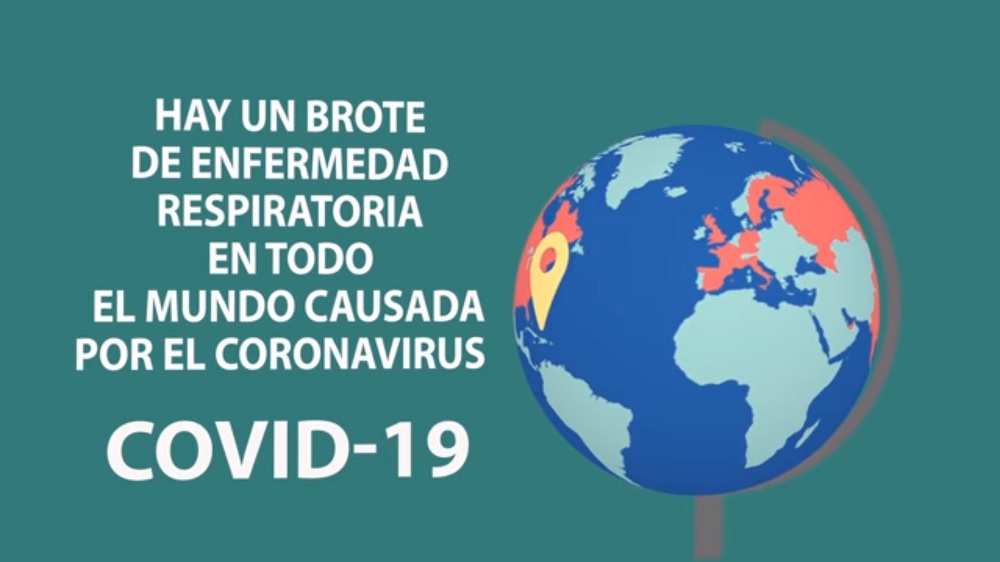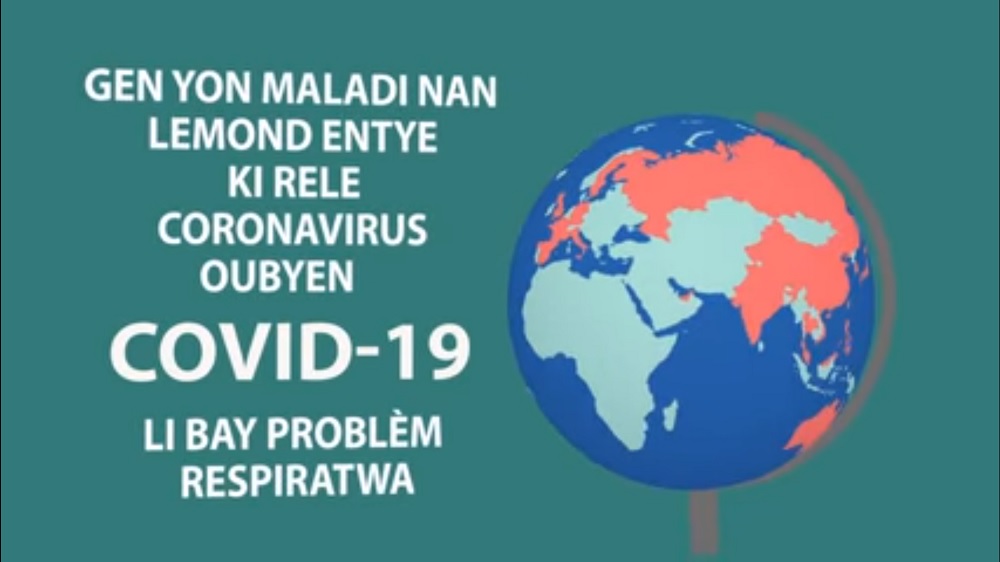Sint Maarten’s First Long-Term Study on Alcohol and Cannabis Use among Sint Maarten Youth: A 2-year study following 350 youth on Sint Maarten
Reason for the research
Longitudinal (long-term) studies that track the same youth over multiple years to acquire multiple measurements at different time points per participant are very rare in the Caribbean, especially so in the Dutch Caribbean. For example, whereas Curacao and Aruba have conducted a few such studies to track the development of the youth on those islands, on Sint Maarten these studies remain non-existent. That is, on Sint Maarten no published long-term studies on youth development could be located. Instead, on Sint Maarten, the research studies (e.g., by UNICEF and WHO) that have been conducted on youth development issues, only focus on prevalence rates, and they rely on measurements of participants at only 1 point in time (so-called “cross-sectional” research), which makes it not possible to track the development of youth. For example, such “cross-sectional” research is not appropriate to identify predictors of youth development (e.g., what are the predictors of youth cannabis use on Sint Maarten? And does drinking alcohol predict the use of cannabis in the future among Sint Maarten youth?). Due to the lack of long-term research on Sint Maarten, we rely on research findings from other countries to answer such questions. This can be problematic and harmful because for example considering the prevalence rates of youth substance use differ across countries, this could imply that the predictors, consequences, and sequencing of the use of substances might also differ across countries. Especially issues such as the sequencing of substance use (i.e., which substance use predicts the other), is a pertinent question for the diagnoses and treatment of these common problems among youth, especially since the use of different substances often co-occur. Hence, for harm reduction, interventions in each country should be substantiated by long-term research that has been conducted in that respective country.
The rest of the article below describes the findings of a recently published study in the international scientific outlet “Journal of Research on Adolescence”. This study is Sint Maarten’s first long-term study on youth alcohol and cannabis use. The study was cross-national in the sense that the same study was conducted in the Netherlands in order to determine whether the results would be similar across these two nations. This is a very important cultural question since Sint Maarten often uses clinical and research interventions that originate from The Netherlands. The lead author of the study is Dr. Ivy N. Defoe, a native of Sint Maarten who currently has a tenured professorship at the University of Amsterdam.
Research sample and methods on Sint Maarten and in the Netherlands
The two-year study investigated youth cannabis use and alcohol use, whether the use of one of these substances predicts the use of the other, and whether the intention to use substances, parent-adolescent substance-use-specific communication, and friend substance use predict youth alcohol and cannabis use. Two samples of youth were used, one from Sint Maarten and the other from the Netherlands. These samples were followed for two years.
Results of the research
Prevalence rates of alcohol and cannabis use
The results demonstrated the importance of cross-national studies and why caution must be taken when generalizing results and theories across countries. First, as for cross-national differences in prevalence rates: whereas at age 12 virtually no youth in Sint Maarten or the Netherlands had experience with cannabis use; at age 15, cannabis use prevalence in Sint Maarten (37.3%) was more than double the amount of the Netherlands (16.8%). As for alcohol use: at baseline youth on Sint Maarten (19.8% at age 12; 67.3% at age 15) also had substantially higher prevalence rates compared to youth in the Netherlands (7.9% at age 12; 49.7% at age 15).
Predictors and consequences of cannabis use and alcohol use
In the Netherlands, youth with more cannabis use experience had more subsequent problems 1 year later (i.e., subsequently more alcohol use, intention to use cannabis, and more affiliation with cannabis-using friends); while on Sint Maarten, youth with more alcohol use experience had more subsequent problems 1 year later (i.e., subsequently more cannabis use, affiliation with alcohol-using friends, and more intention to use alcohol). As for practical implications of these results: if prevention programs in the Netherlands target cannabis use, they can likely curb other substance use-related problems, whereas in Sint Maarten, if prevention programs target alcohol use, then they can contribute to curbing other substance use-related problems. Thus these research findings suggest that the strategy for combating youth alcohol and cannabis use in the Netherlands versus Sint Maarten should be quite different.
Zooming in on the cross-national differences in the sequencing of cannabis use and alcohol use: it was found that for youth from Sint Maarten, alcohol use predicted more subsequent cannabis use one year later. However, for adolescents in the Netherlands, cannabis use seemed to be more salient, as cannabis use predicted more subsequent alcohol use 1 year later. Particularly, the gateway hypothesis suggests that the more tolerated drug would predict the use of lesser tolerated drugs. Indeed, in Sint Maarten, it was found that alcohol use (which is the more tolerated drug in many countries) predicted cannabis use in the future (1 year later). This is also the typical sequencing that is found in other studies. But in the Netherlands, the only evidence of a reversed gate-way hypothesis was found, namely cannabis use predicted alcohol use in the future. Scientific evidence for this reversed gateway hypothesis is rare. However, given that the Netherlands has been tolerating the recreational use of cannabis for over 50 years, could perhaps help clarify why evidence of a reversed gateway hypothesis was found in the sample from the Netherlands.
Implications of these results: These results demonstrate the importance of long-term studies that can investigate bidirectional links between behaviors, in order to determine what is the predictor and what is the consequence of substance use behaviors. The striking cross-national differences in the findings of Sint Maarten versus the Netherlands also emphasize why caution is needed when generalizing research findings and interventions across different countries. Thus the cross-national differences that emerged could imply that culture might complicate the diagnosis and treatment of substance use problems in youth (Maser & Dinges, 1992), and since culture is ubiquitous, it should be considered more often.
The original article that this summary is based on can be found here: https://onlinelibrary.wiley.com/doi/full/10.1111/jora.12832










